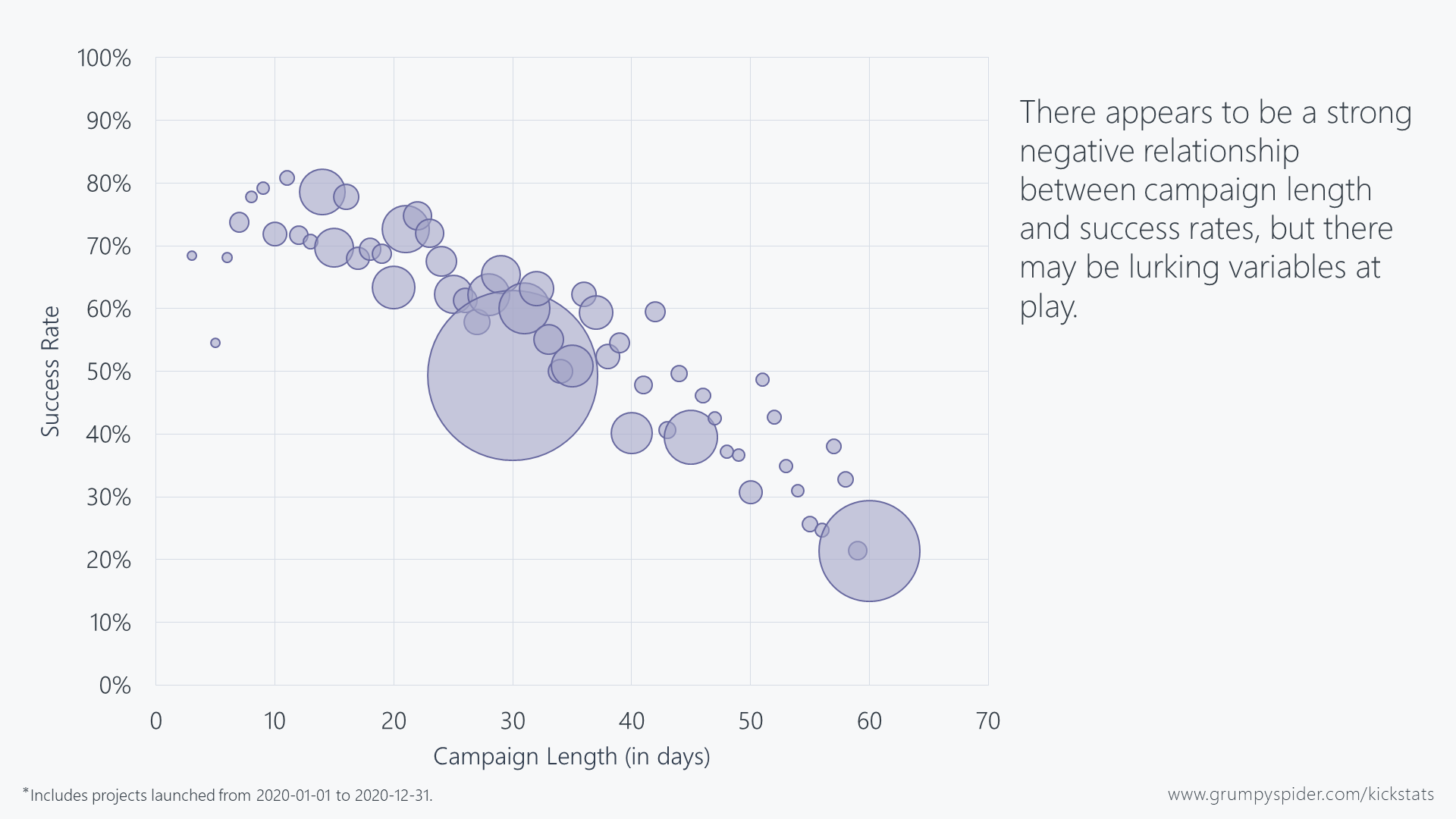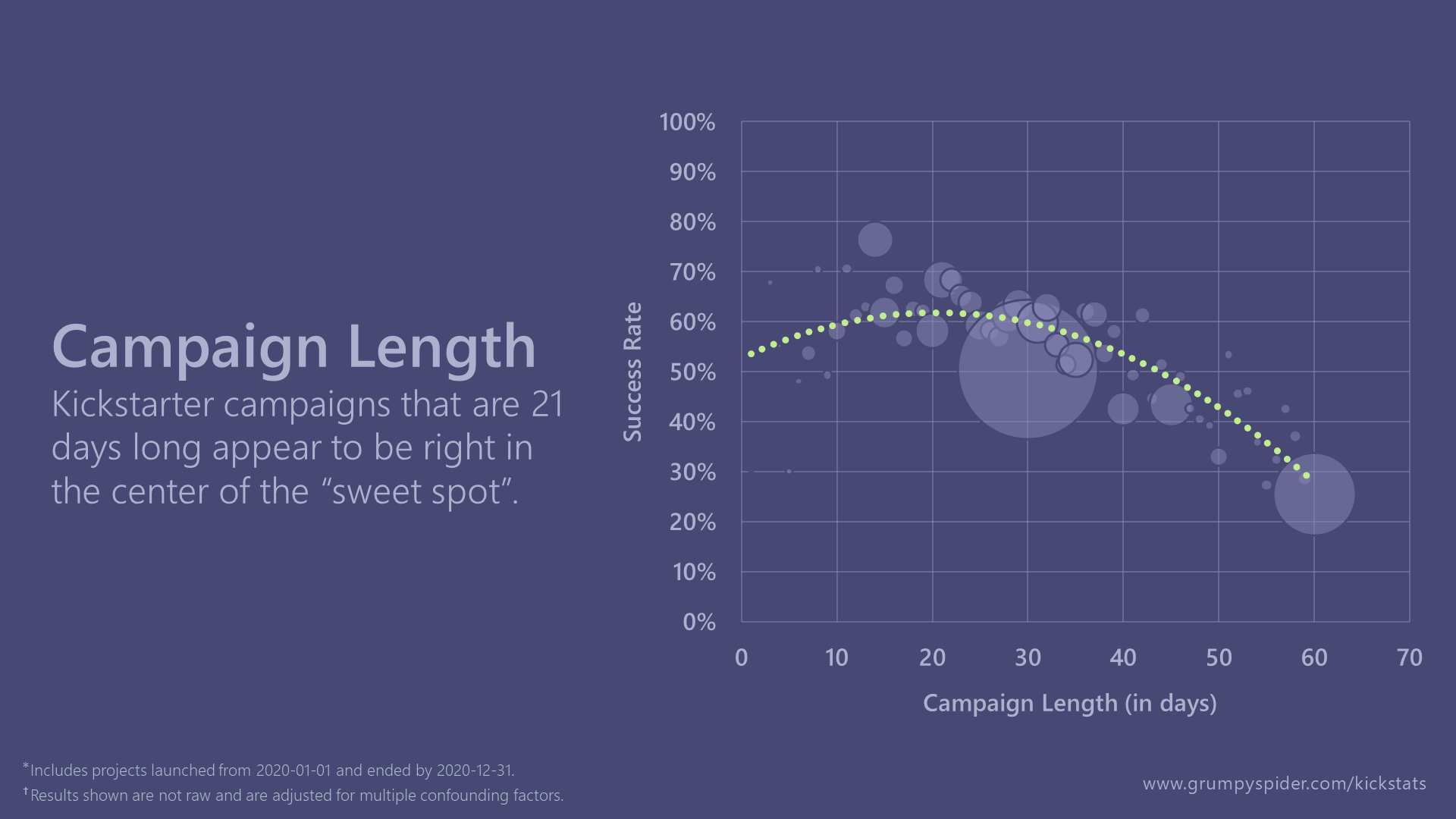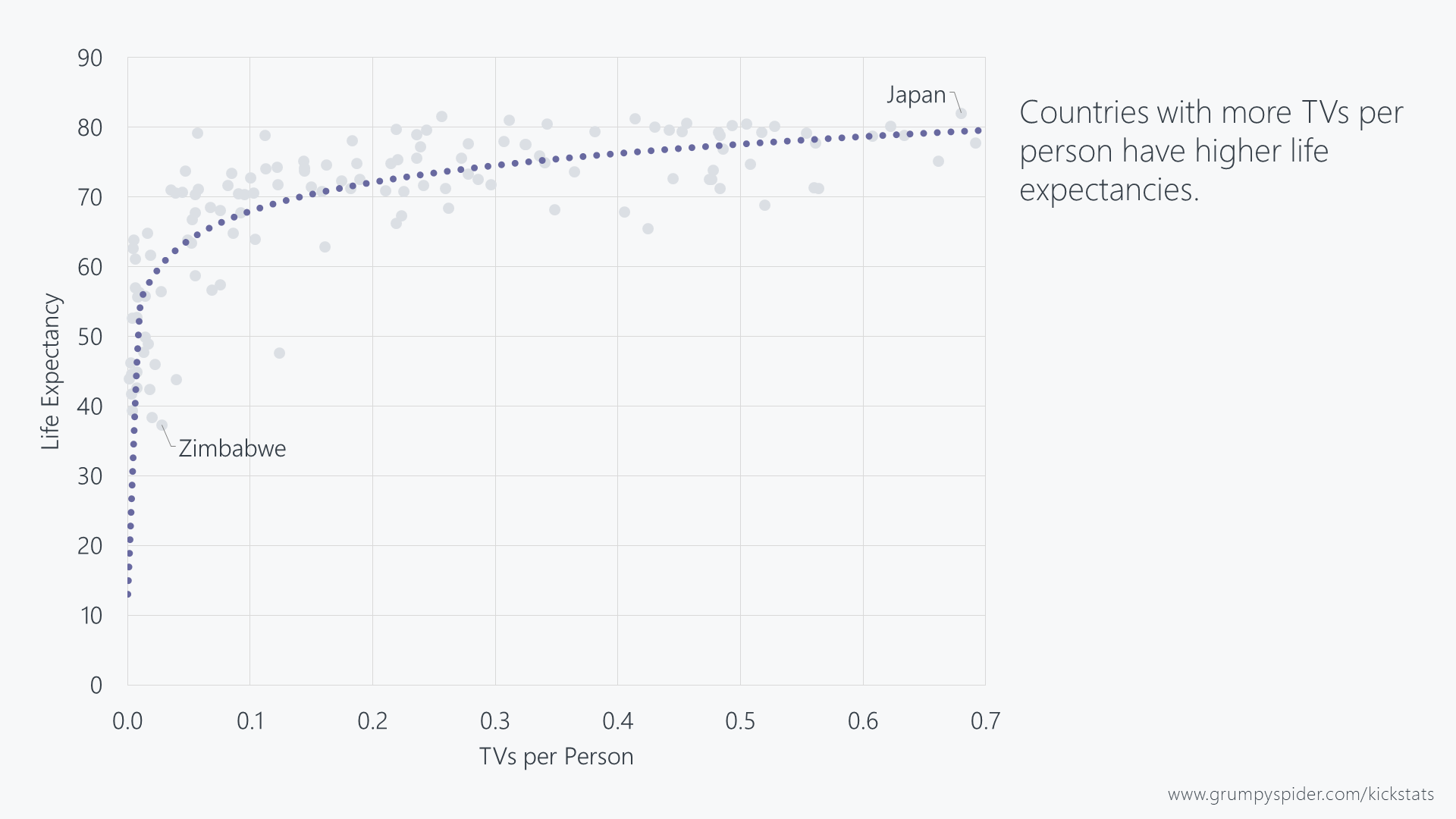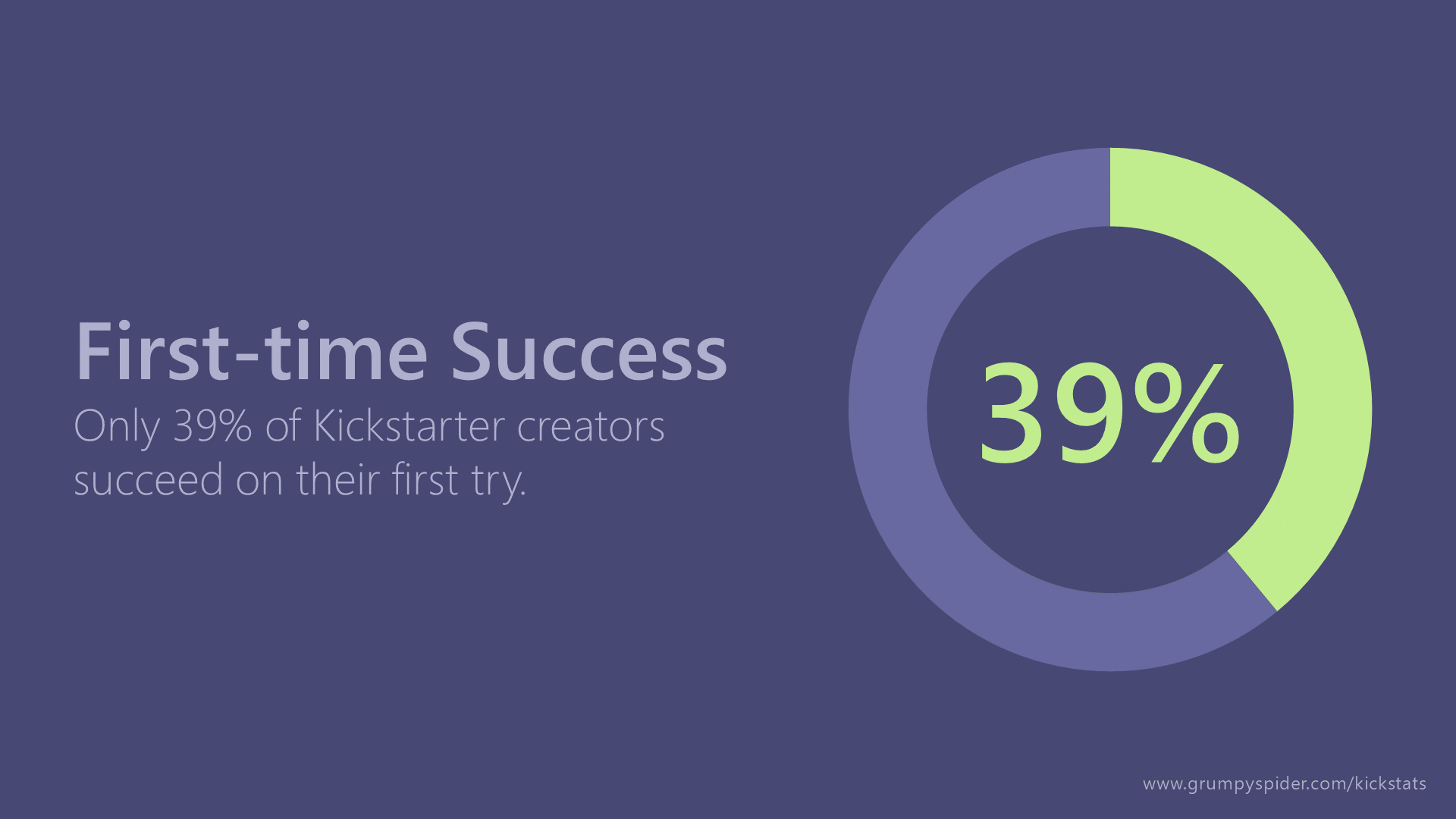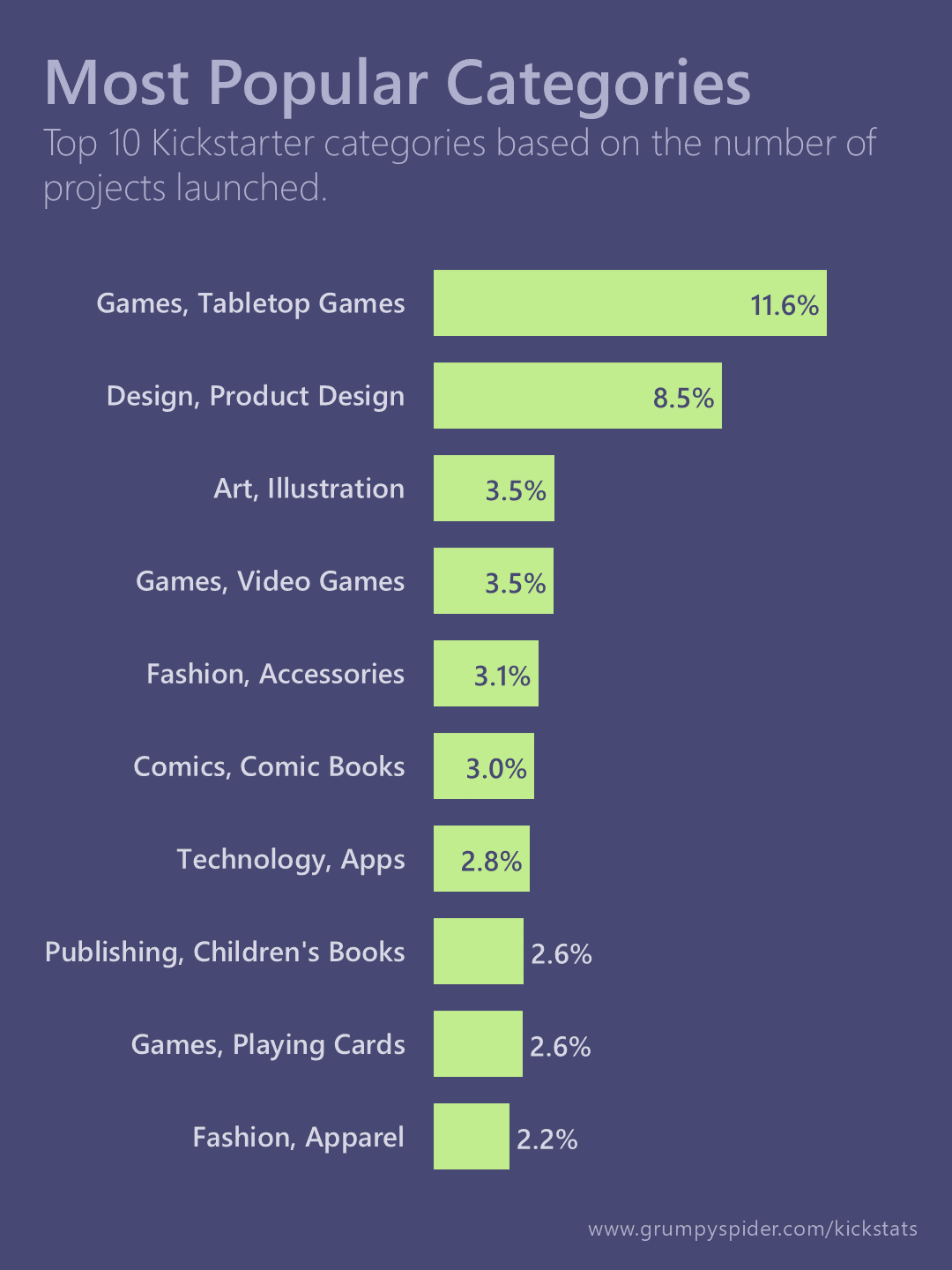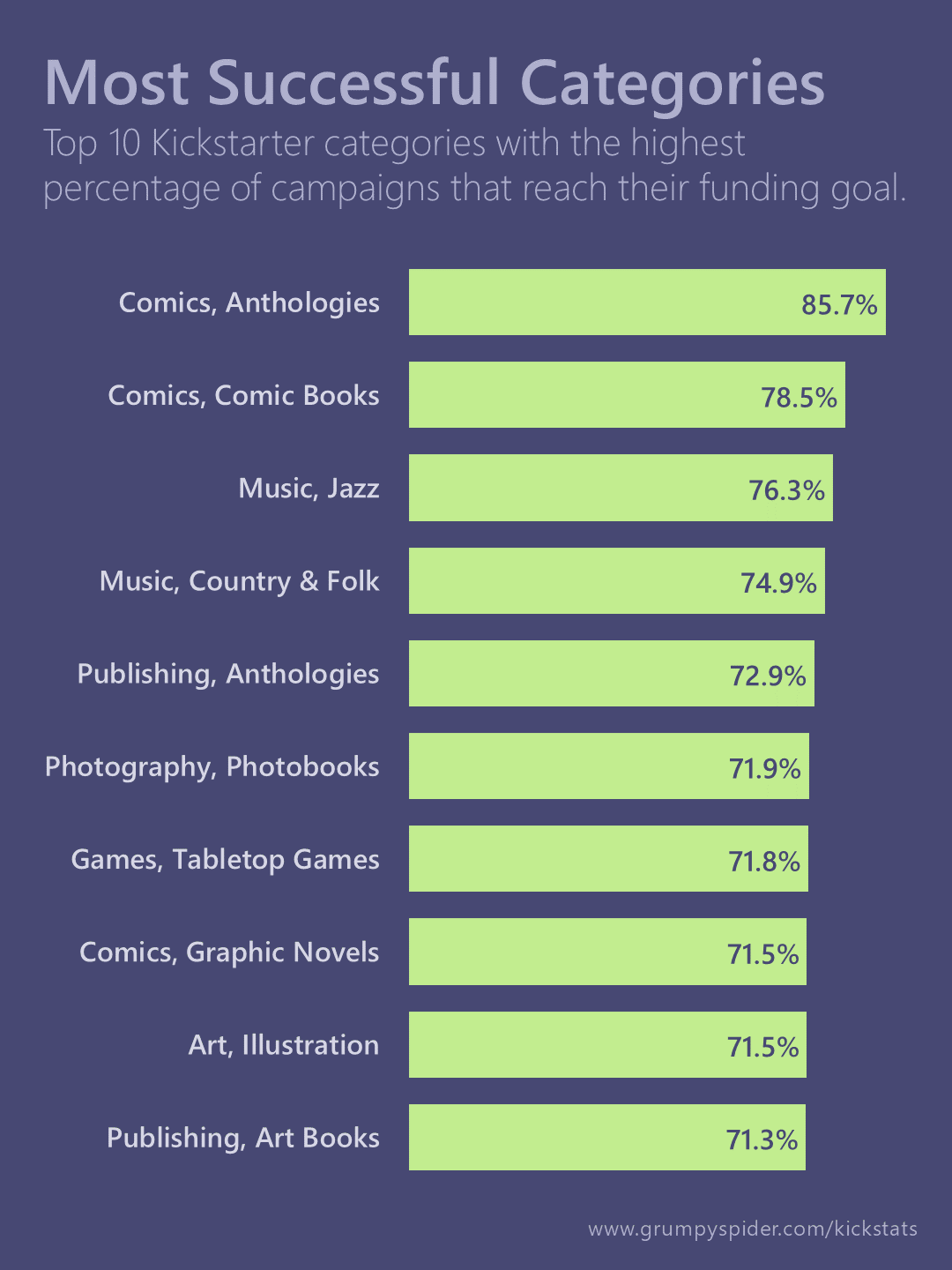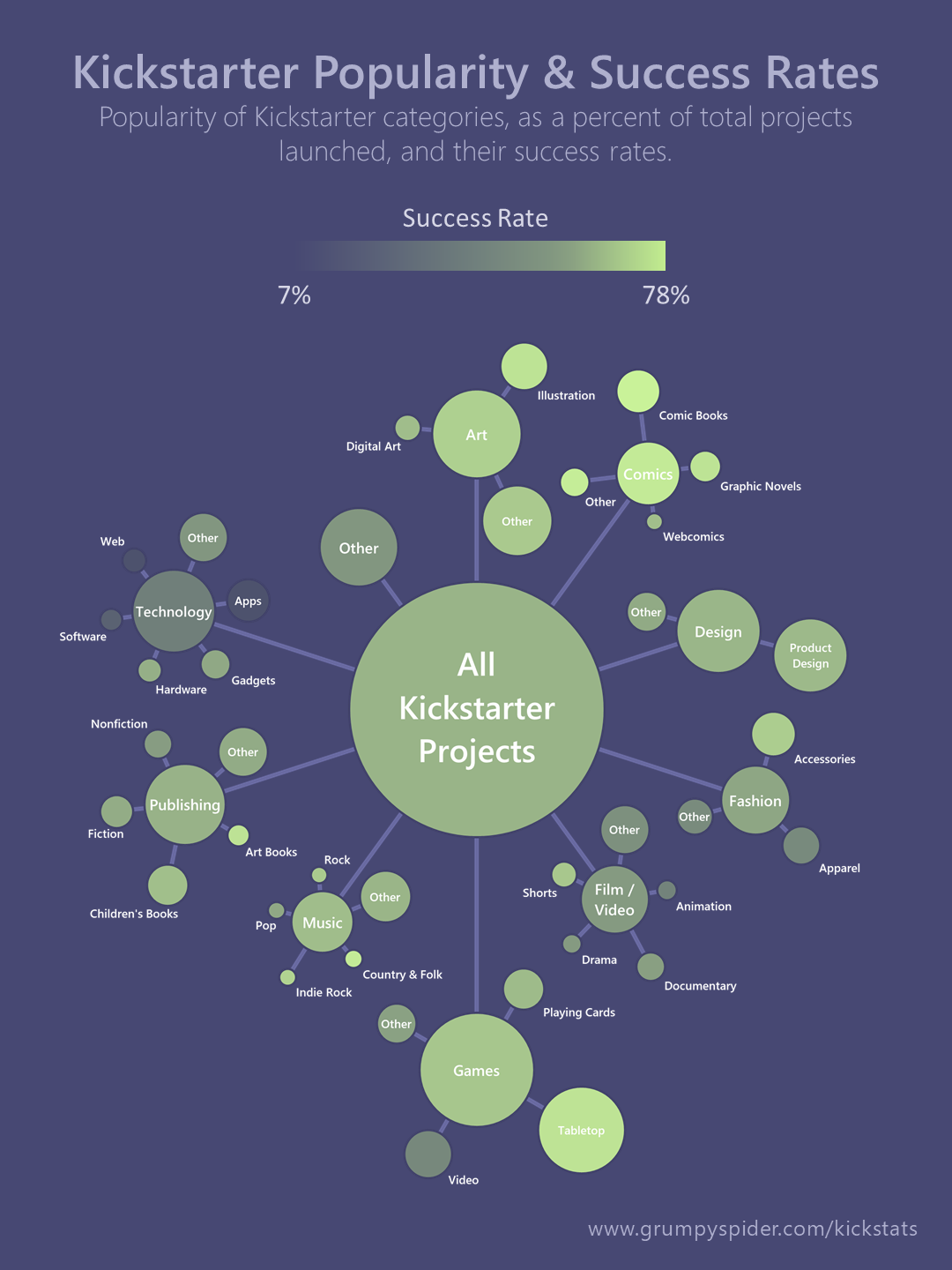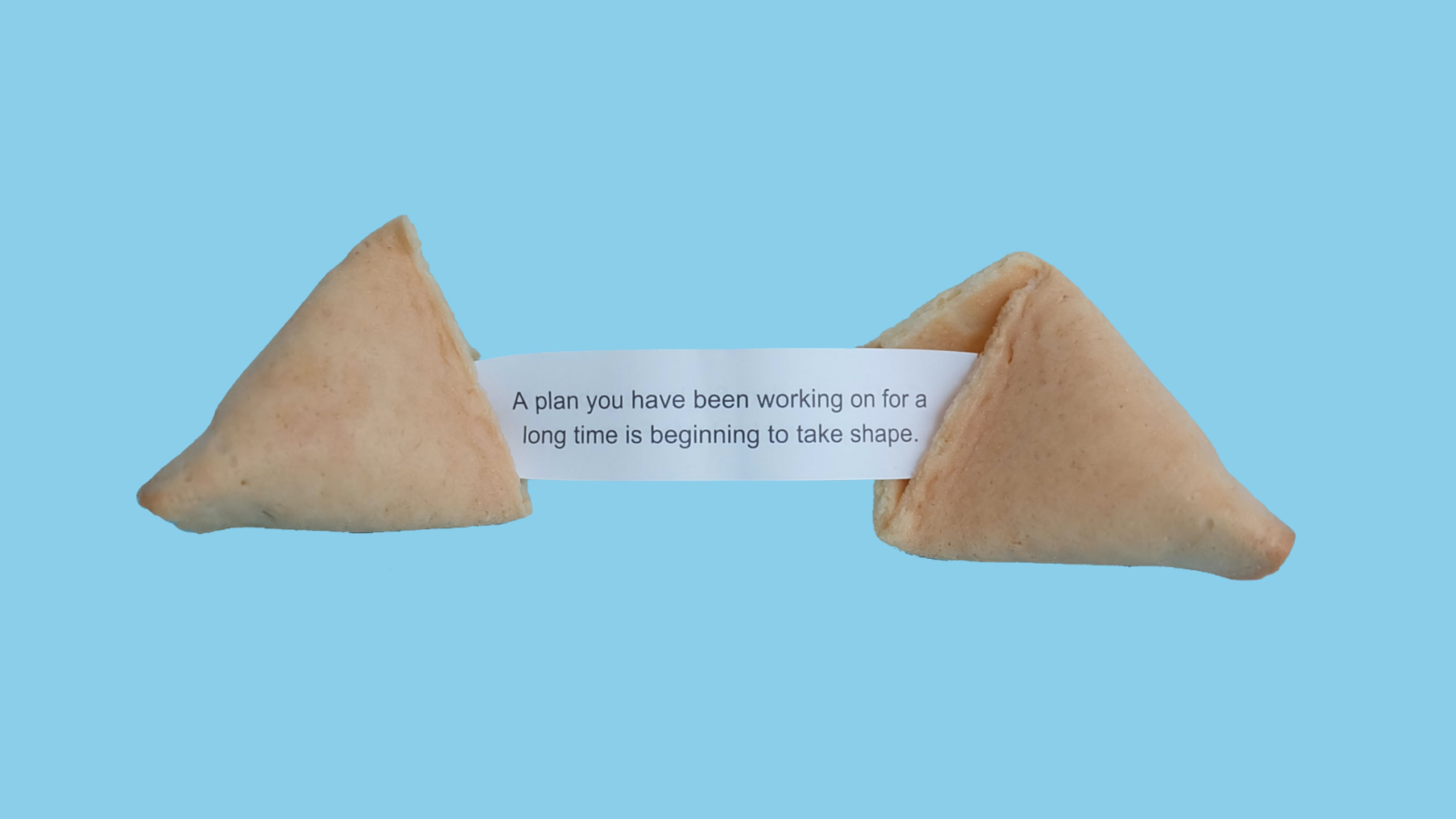Kickstats: Backing Other Projects

Photo by Nicole Baster on Unsplash
UPDATED 2021-03-22:
This article now includes all Kickstarter campaigns that launched in 2020. The significant increase in sample sizes has resulted in minor changes to the outcome of our original analysis. Portions of this article have been rewritten to reflect those changes.
Common sense tells us that backing other projects on Kickstarter will help get your own campaign funded. It’s true that the people you back might return the favor, but that’s not the important part. What’s really important is that it shows others you’re not focused entirely on yourself. I know that I, personally, most enjoy helping those who help others. I imagine I’m not the only one who feels that way either. On top of that, it also gives you valuable experience with what it’s like to be a backer, which I believe many people consider before deciding on whether or not to back a campaign on Kickstarter.
Because of all that, I’m certain that backing other Kickstarter projects does affect things, but the question is “by how much?”. Does backing other projects affect a campaign’s success enough to make a tangible difference?
Hypothesis
My personal guess is that backing other projects is one of the best “tweaks” you can make to a Kickstarter campaign. I expect it to be even greater than what day of the week you launch, or even the time of year you launch. I also feel like the effect of backing other projects starts to level off after about four campaigns or so. Don’t ask me why I think that last part, though – it’s just a hunch!
Analysis
As usual, let’s start with a simple trend line showing campaign success rates versus the number of projects the creator has backed at the time their respective campaigns launched. Each point here represents multiple campaigns that all had the same number of projects backed.
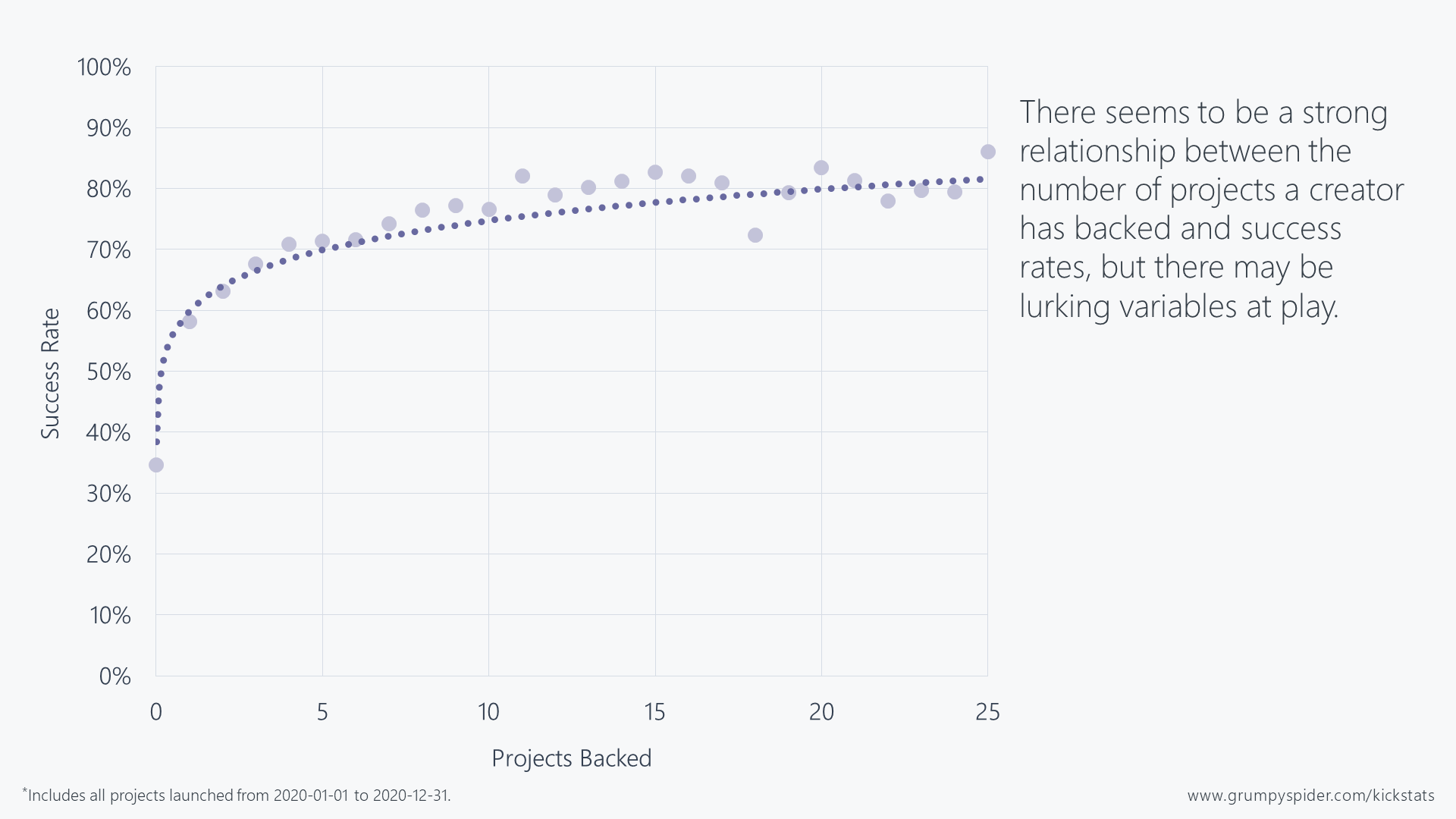
As expected, this is a fairly strong correlation. Notice, however, that I didn’t say causation. Before we can start suggesting causation, we need to look at a couple of possible lurking variables.
First-time Creators
If I were a betting man, I’d be willing to wager quite a bit that there’s a strong link between first-time creators and number of projects backed. If nothing else, veteran creators have probably been using Kickstarter longer and, as a side-effect, have seen more projects that they’ve felt are worth backing.
I also think there are far too many first-time creators out there who know very little about Kickstarter other than “Hey, free money!”. Creators like that typically have very little interest in finding a community to support.
But enough of my reasoning, let’s graph it to see if I’m right.
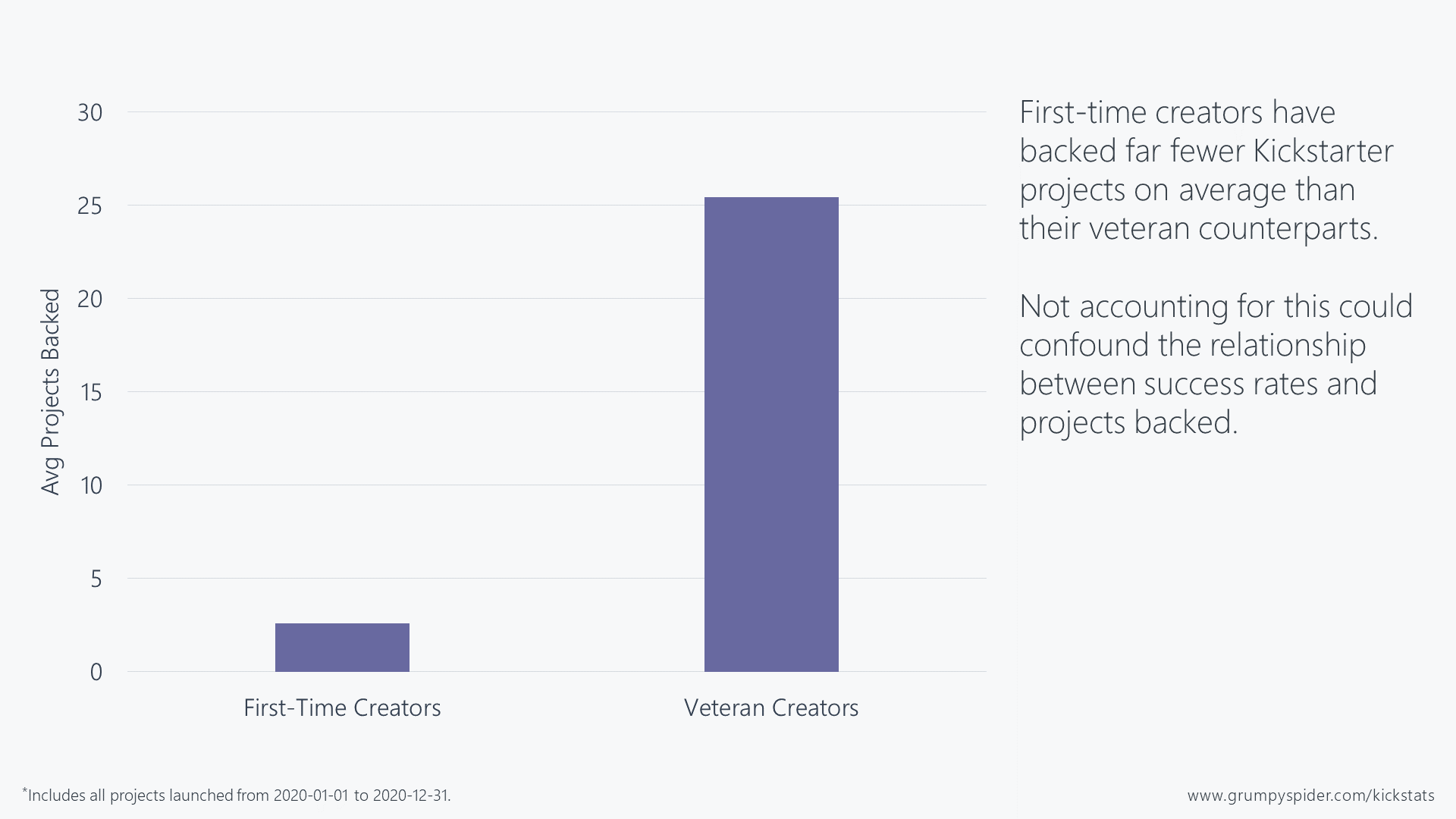
Holy moly! That might be the most right I’ve ever been in my entire life! First-time Kickstarter creators, on average, back 2.6 projects by the time they launch their first campaign. Veteran creators, on the other hand, back a whopping 25.4 projects by the time they launch their respective campaigns!
That’s definitely a strong correlation, and since we’ve already shown that being a first-time creator strongly affects your chance of success, we now have some evidence that it’s also confounding the effects of projects backed. So, we’ll need to adjust for that.
Results
All of this adjusting stuff can get really boring really fast, so I’ll just skip the explanation and jump to the results! How does the number of projects you back affect your chance of success? The below chart shows you just that!
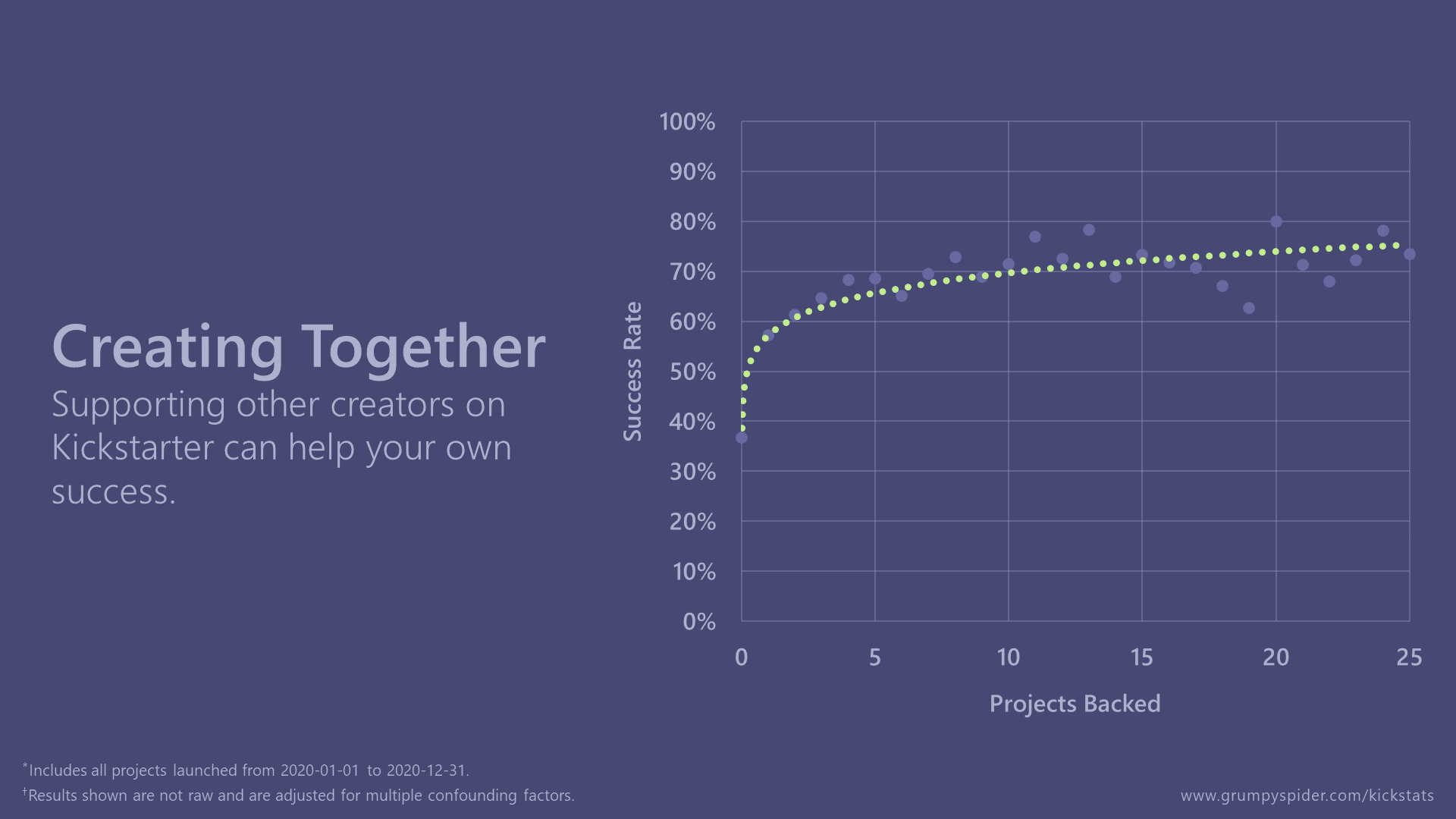
Remember when I predicted that the effects would taper off after four projects? Turns out I wasn’t terribly far off. Success rates jump a full 20 points from zero to one projects backed! From there, they continue to go up, but by increasingly lower amounts until around five projects or so. After that, any gains seen start to become pretty negligible.
On a side note, you may notice that this final graph doesn’t look much different from the first graph in this post. Most likely, that’s due to creator experience levels not really being a major confounding factor here, even though we had evidence to suggest that it was. But that’s okay; we didn’t know that beforehand, and in this case, adjusting for it doesn’t really harm the analysis.
Conclusion
Now, I’m not saying that backing projects somehow magically increases your Kickstarter’s chance of success. I don’t think that’s really what’s going on here. I believe what this analysis is really showing us is the power of putting others first. If all you do is show up on Kickstarter, never bothering to connect with anyone – to help them succeed in their endeavors – don’t be surprised to see your campaign never really take off itself.
I know that may sound harsh, but I really believe it’s the truth, and these numbers support that. So get out there, find a community to be involved in, and start creating together!


